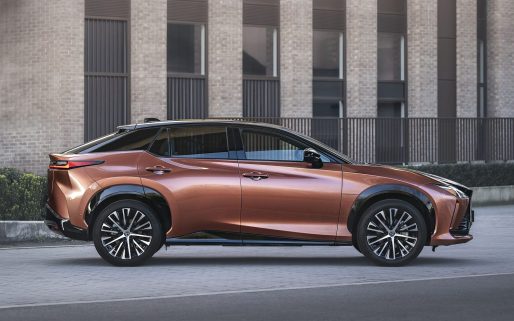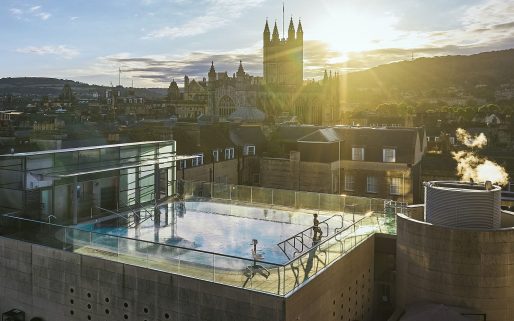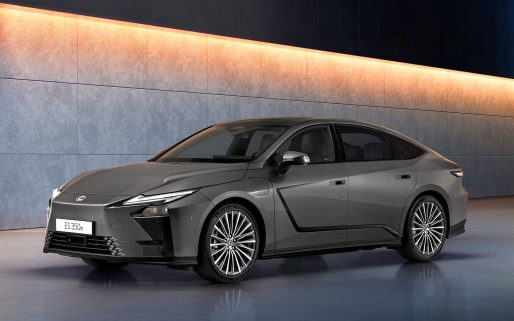Now that it’s officially spring, we’ve already started planning our summer holidays. To satisfy our wanderlust, we’ve rounded up some of the most stunning and inspiring places our cars have ever visited.
Read more: Around the world in Lexus luxury – Part 1
Lexus RX in Lisbon
https://www.youtube.com/watch?v=_jDcYALsQes&feature=youtu.be
Lexus IS on Japan’s Shikoku Island
One of Japan’s most exciting architectural talents, Hironaka Ogawa, takes a drive across Shikoku, the island on which he was raised, reflecting on how the idyllic countryside has influenced his understanding of the built environment.
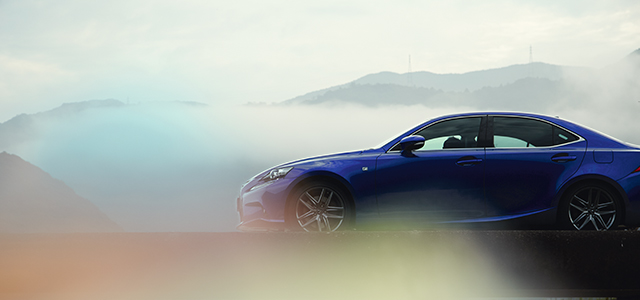
The journey that Ogawa is embarking on across the island of Shikoku begins here, and a metallic blue Lexus IS is peacefully parked outside. The vehicle’s bright tone contrasts against the stained cedar exterior of the Sundial House and the green paddy fields that nip at its ankles. The meeting of the hand of man and Mother Nature creates a striking tableau—perhaps fitting when you consider how the award-winning, Tokyo-based architect has forged a reputation by essentially using nature as a building material in many of his designs.
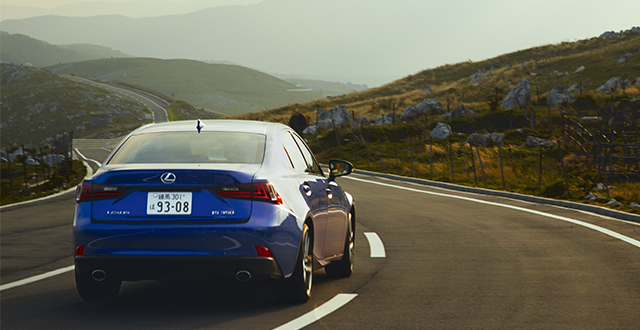
As the sun reaches its zenith, the Lexus comes to a halt outside the Chikurin-ji temple, a holy complex that dates back 1,300 years.
It becomes immediately apparent how much Ogawa’s architectural style owes to the low lines, the simplicity and the sensitivity of more traditional Japanese architecture. “These buildings were designed with deep consideration for how the wind would hit them and how the rain might make a stream and run down the edifice,” he says, continuing, “or how the light comes through the paper doors and how space is used.”
From the Chikurin-ji temple, Ogawa drives westward. The route is green, with tall valleys of cedar trees lining either side of the road. The blue Lexus IS zips smoothly through the verdant scenery like a kingfisher. He then drives parallel to the choppy Pacific Ocean along the south coast before heading inland toward the Shimanto River.
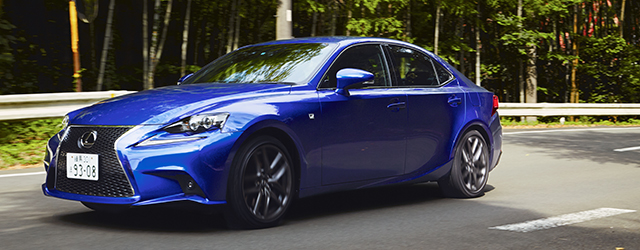
Ogawa handles the car masterfully as it flashes through the changing landscape. “It feels stable and quiet,” he notes from behind the wheel. “Because of that, even though you’re moving, you can feel the connection between nature and yourself. It’s quite refreshing.”
The drive along the river is punctuated with many bridges, both thin cement structures on stilts and wider ones made of red steel girders. The architect carefully darts along them in the Lexus IS. The road slowly gets steeper, and the settlements become fewer and farther between, giving way to rice paddies and the odd farm.
The Lexus IS is now on the open road, climbing up to the Shikoku karst, a rare rock formation that sits 4,600 feet above sea level. Ogawa drives along the Jiyoshi pass before finally hitting the alpine summit, the L-shaped eyes of the Lexus IS striding through the dramatic landscape. The karst is dotted with meadows, drowsy cows, craggy bits of limestone and two huge wind turbines. This could be Switzerland.
Read more: Lexus: The Road Issue 2
Words by Tom Morris; Photography by Clement Jolin.
Lexus RC F in the mountains
Seven years ago Lexus unveiled the IS F, a fast, thrilling sports saloon that immediately resonated with drivers because of its superb manoeuvrability on both the road and the track. The letter F has held special significance among Lexus owners and engineers ever since. Representing the word flagship and referring to the Fuji Speedway, Lexus’s chief test site, the marque is synonymous with speed, precision, innovation and technological progression.

The Lexus F project was initiated by one engineer, Yukihiko Yaguchi, who in the early 2000s pursued a personal dream to create a car with driving capabilities he could proudly announce as “the best around,” he says.
In 2004, having experimented with automobile parts on his days off, Yaguchi built a prototype, later known as the IS F. The model attracted significant attention, first from other Lexus engineers who would soon join forces with Yaguchi on the project, and then from the brand’s top executives, who recognised the engineer’s personal work as the beginnings of Lexus’s official foray into the high-performance vehicle market.
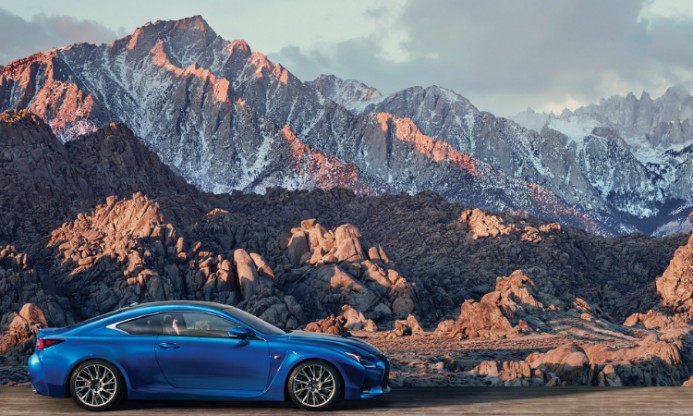
“What drove me to kick-start this project was a simple aim to build a car that would embody Lexus’s ideals,” Yaguchi says. “To that end, we focused our attention on three things: steering response, sound and acceleration – key factors that make the driver feel connected to the car.”

“The RC F presented us with a tougher challenge than the IS F,” Yaguchi admits. “We were, of course, under pressure when working on the IS F. But the weight of expectation was far heavier this time, now that we’re in the second chapter of the F legacy. We had to create something much, much better than our previous models to impress. That was tough, to say the least.”
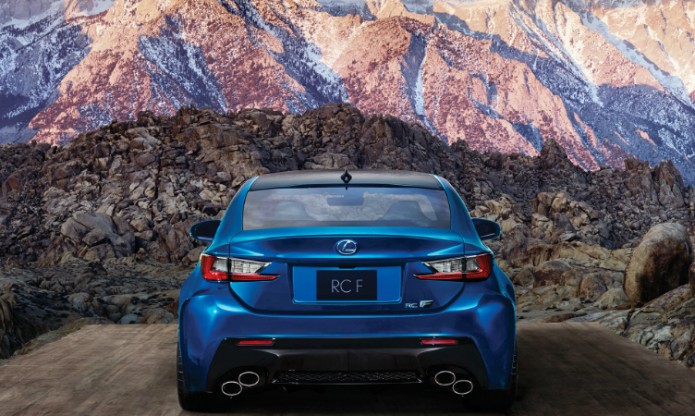
Yaguchi is modest, but his efforts have paid off. The RC F’s steering outperforms that of its predecessor, thanks in part to the car’s aerodynamic packaging, its highly sophisticated underbody, and its upgraded suspension. An electronic rear wing – a feature lifted from the LFA – has been built into the boot lid to be deployed when the car exceeds speeds of 50 mph. The model’s 19-inch alloy wheels and updated spindle grille will appeal to experienced drivers and Lexus newcomers alike.
“This car is purpose built for the skill level of all driving enthusiasts,” says Yaguchi with a smile. “With this car, you can cruise through town, but you can also have a go on a circuit if you’re into that sort of thing.”
Words by Shogo Hagiwara; Photography by Greg White.
Lexus CT 200h in Paris
It was a cold December morning, and Julie Richoz, a talented industrial designer who many predict will become an industry star, stood outside her apartment block in front of a gleaming white Lexus CT 200h, about to embark on a journey across the city she now happily calls home.
Her first Parisian address, in Abbesses, between the Moulin Rouge and the Sacré Coeur, featured young tourists photographing each other in front of key attractions. Her current home, a short tumble down the hill in the Ninth Arrondissement, stands close to the Rue des Martyrs, which, over the past 10 years, has become one of the liveliest neighbourhoods in Paris.
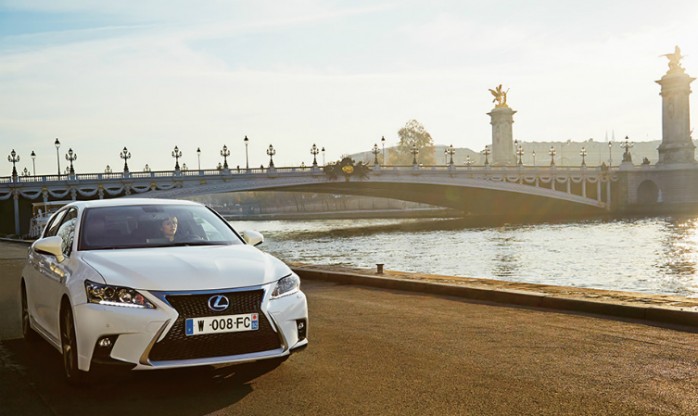
Streets here are narrow and crowded, lined by vehicles on each side and then by boulangeries and butchers, restaurants and cafés. To drive in the district, a car must be quick, agile, responsive to its surroundings. The CT 200h, the marque’s first full hybrid luxury compact, is exactly that.
Richoz, who is 23, drove through the cobbled streets of the Place Saint-Georges to a Montmartre café, where she drank tea and discussed her work. Educated at the École Cantonale d’Art de Lausanne, Richoz makes housewares that are light and colourful, vibrant and sculptural. She has made desk trays that reference the sliding movement of crumb collectors; long hanging lamps that double as mobiles; a collection of spring steel containers influenced by handcrafts like crochet and knitting. She is interested in systems, geometry, layers and materials. And often she is inspired by the kind of everyday observations – a piece of ornate architectural decoration, say – that, thankfully, a designer can readily experience in a city like the French capital.

“What I like about Paris is that you can go from one point to another – go through different places – and there will always be things you haven’t seen,” Richoz explained. “There are always things to discover. There are moments where there are really long avenues, and really large and impressive buildings. And then you find yourself in much quieter, smaller spaces. This is what I like in the city: to be always surprised.”
As the CT silently slips away from the kerbside outside the café, beginning the next leg of its journey, Richoz continued to talk about why Paris is the right city for her. She likes it for its ambience, its beauty, its diverse cultural mix. What else? “There are lots of galleries,” she said. “And so many museums and things to see!”
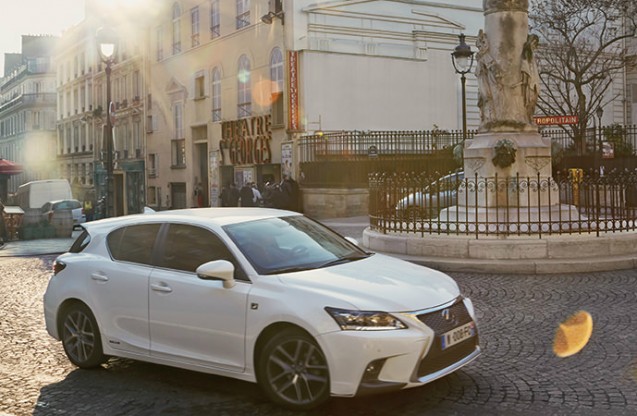
Paris is well known as the home of several of the world’s greatest museums. Richoz’s favourite is the Palais de Tokyo, one of the city’s more recent additions. Situated in a dramatic structure built for the Paris International Exhibition of 1937, the museum is renowned for innovative contemporary art. (On the day we visited, the work of French art star Philippe Parreno was on view.) For Richoz, the institution – the building’s architecture, the exhibitions it shows and its iconic location – is a place of constant inspiration.
As we arrived, the CT having nimbly navigated both small cobbled streets and wide, sprawling avenues, I was struck by the incidental beauty of Paris. The day was bright, and the shadows on the art deco terrace that connects the Palais de Tokyo to the neighbouring Musée d’Art Moderne could not have been sharper. Just over the river stands the Eiffel Tower. At one moment, when the sun was tucked behind its pointy metal tip, it cast long shadows in the sky like those caused by an eclipse. On days like these, Paris has very little trouble making its case.
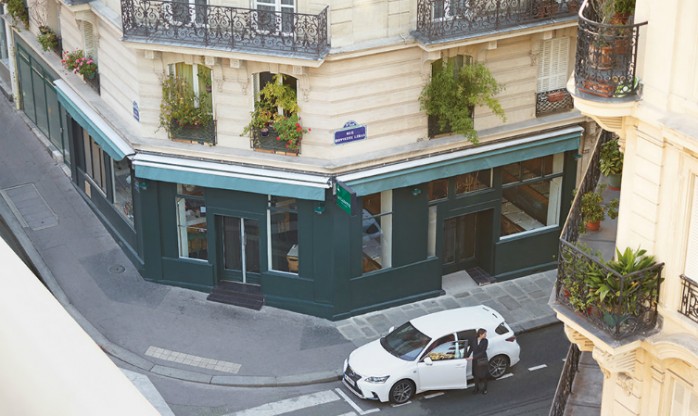
By the time Richoz had finished at the museum, the city’s light was beginning to fade, so she drove to enjoy the sunset at an architectural peak near her apartment. Once there, it was again a case of Paris being its own argument: the mélange of architectural styles laid out before us, the last of the sunlight picking out everything from the elaborate glass dome of the Grand Palais to the plate windows of the Tour Montparnasse (and the windows of the CT, too), the sun sinking at the feet of the Eiffel Tower.
After sunset, a more typical day would have seen Richoz speeding off to spend time with friends in the area around the Canal Saint-Martin, perhaps eating in an Asian or North African restaurant or, if she’s feeling particularly French, ordering boudin, a kind of white-pork sausage, at the Café de l’Industrie, close to Bastille. But that evening she went for a drive, clipping past the city’s lights, enjoying the theatre of Paris at night through the frame of her CT’s cockpit.
Richoz’s generation of designers have to make up their professional lives as they go along. Gone are the days of traditional design employment – of permanent in-house work at a reputable manufacturer. But Richoz doesn’t have to worry. For someone of her talent, the new world order has advantages. Richoz’s pieces are light and flexible, and so too is her mind. She has already shown work at the Parisian design gallery Kreo, and Sellers is expecting more work in the future. Richoz is in demand all over the world.
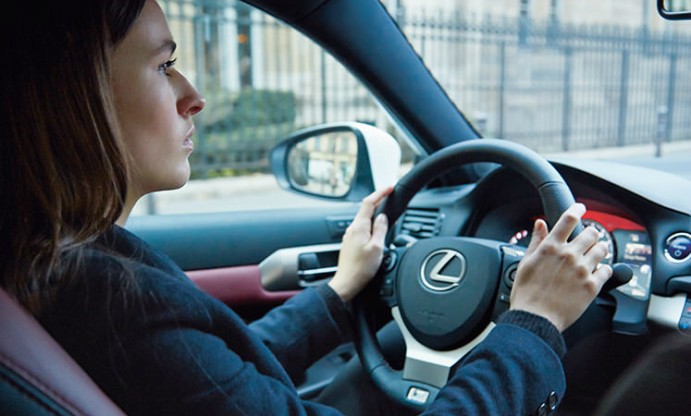
Paris is right for now, but chances are that it will be just one stop along her professional arc. Where’s the next one? There’s always New York, or London, or São Paulo or Shanghai. Asked how long she’ll stay in Paris, she replied: “I don’t know, but for the moment, I really like being here.” So Richoz likes Paris, and having spent time with her in the city, clocking the admiring glances she attracted from all quarters, it’s safe to say Paris likes Richoz.
Words by Emily King; Photography by Clement Jolin.
Lexus RC F on New York’s State route 97
The Lexus RC F Carbon Package stands out for its striking orange colour and sleek, athletic silhouette. Designed for driving enthusiasts, the Lexus RC F Carbon Package is a versatile and performance-oriented vehicle that is as at home on the roads as it is on the more demanding racing circuit.
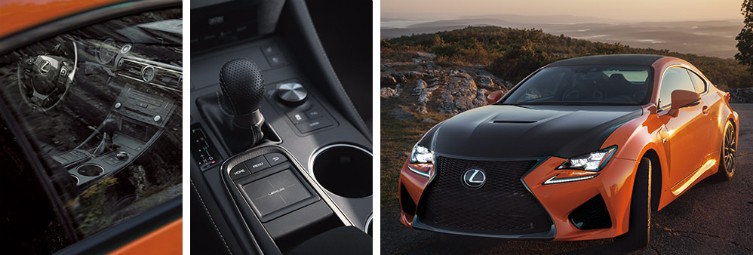
The Upper Delaware Scenic Byway, New York State Route 97, traverses the western borders of Orange, Sullivan and Delaware Counties, New York along a 70 mile stretch of the Delaware River. This unique highway connects the rafting and bluestone village of Hancock in Delaware County to the railroad city of Port Jervis in Orange County.
The distinctive RC F Carbon Package boasts a carbon fibre roof, bonnet and active rear spoiler, which raises itself automatically when the driver reaches top speeds to improve the vehicle’s dynamics and stability. The package also functions to lower the vehicle’s centre of gravity if needed. The rear carbon fibre spoiler is accented by the beautiful pattern of diagonally woven carbon fibres. Depending on the strength required, between 3,000 and 24,000 intricate carbon fibres are woven together into a fabric for the car.
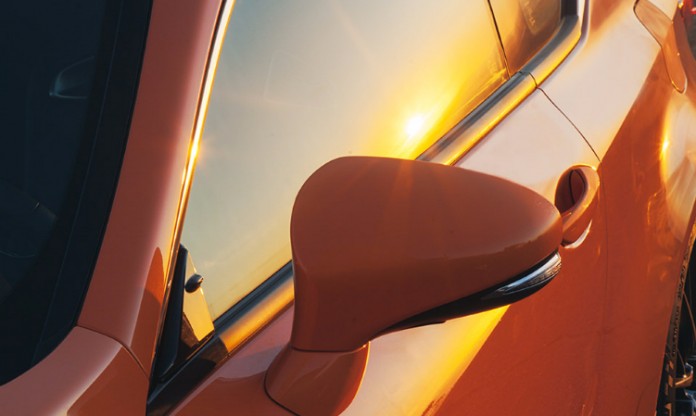 Lexus designers have a meticulous eye for detail and have worked the distinctive L-shape motif into the vehicle’s rear lamps; the signature Lexus spindle grille gets an update; the electronic rear wing is built into the boot lid.
Lexus designers have a meticulous eye for detail and have worked the distinctive L-shape motif into the vehicle’s rear lamps; the signature Lexus spindle grille gets an update; the electronic rear wing is built into the boot lid.
The vehicle’s sleek interior cabin; the unique Remote Touch Interface, a touch type controller; the smart carbon fibre bonnet of the muscular RC F Carbon Package has an integrated central air vent to keep the powerful engine cool.
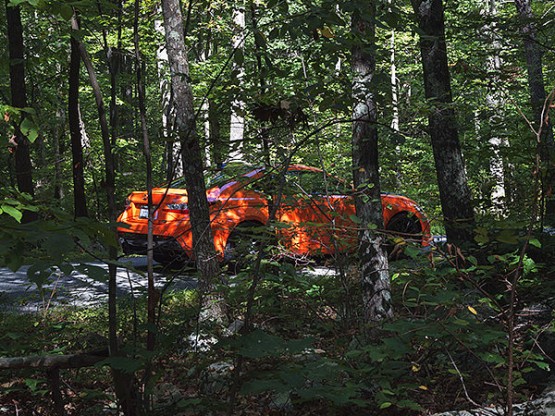
The Lexus RC F and its sporty chassis are offset by its shiny 19-inch forged alloy wheels with a unique and eye-catching five-spoke pattern. “With its improved performance and refined design direction, the RC F has ushered Lexus into a new chapter of sports car production history,” says chief engineer Yukihiko Yaguchi.
Photography by Jesse Chehak.

